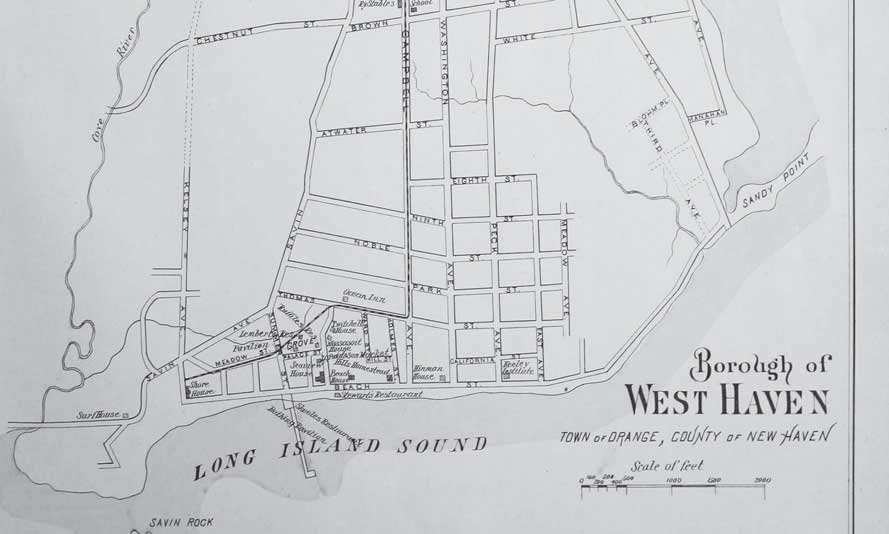By Dan Shine
Voice Columnist
West Haven’s Centennial
Part VI
See: Part 1 | Part 2 | Part 3 | Part 4 | Part 5

Since the arrival of European settlers to this area in 1638, the development of West Haven has moved along through what we might see as predictable stages:
- People roamed about in search of sustenance (crude farming, hunting, fishing).
- Next, they began to employ simple tools and information to grow crops and raise domestic animals. By definition they had become farmers.
- Through gradual enhancements, they began to produce food in excess of their immediate needs and offer them for sale to others.
- As efficiencies continually increased with the rise of mechanization, less people were required to produce larger quantities of food, causing more people to seek non-farming occupations. At the same time, industrialization was taking shape, brought about by the introduction and evolution of machinery. This period was characterized by the use of steam power, the growth of factories, and the mass production of manufactured goods.
- As a direct result, between 1700 and 1900, increasing numbers of people moved from the farms into the cities; by 1900, the majority of Americans were city dwellers, and the scales continued to tip in that direction.
By 1921, West Haven and Orange had drifted further and further apart from the things that had bound them together back in 1822. For 48 years West Haven had been a borough of Orange, as both communities had begun to recognize that they were separate and distinct from one another. Now, it was time for West Haven, as described by an Orange historian, to “go its own way.”
There is in the state records, Senate Bill No. 668, introduced in January 1921 and approved June 24, 1921. The title is, “AN ACT DIVIDING THE TOWN OF ORANGE AND CREATING THE TOWN OF WEST HAVEN. This act sets down a description of the boundaries of the new town, which remain the same to this day. It describes the powers, authorities and privileges available to the town, along with the obligations under which it functions. It describes the mechanisms of the split, and identifies those who would initially be responsible, and those who would wield authority within. West Haven was now its own entity as town #169, and it was on its way!
Our thanks to Colleen Bailie and the West Haven Public Library for their kind assistance with this story.